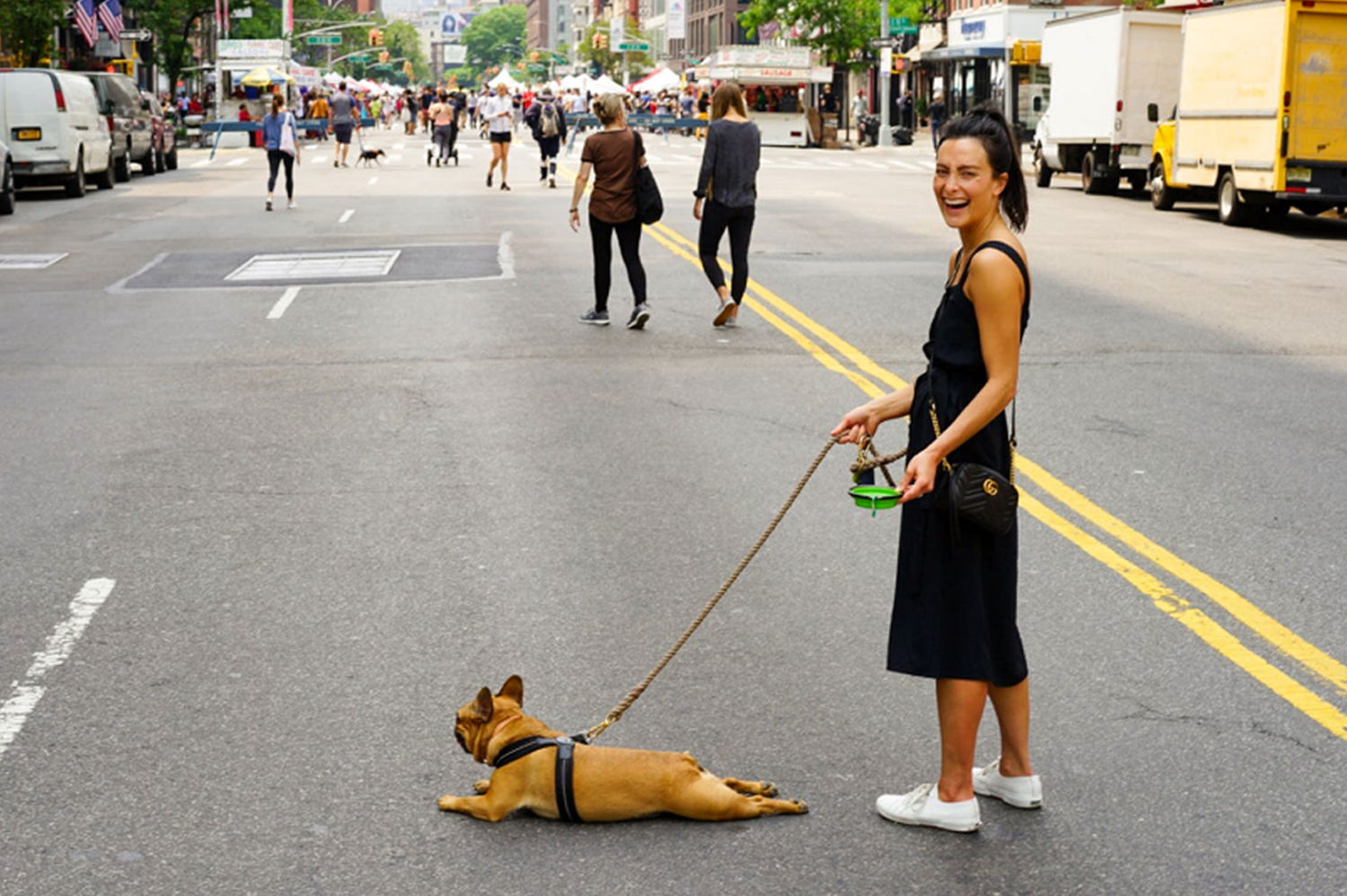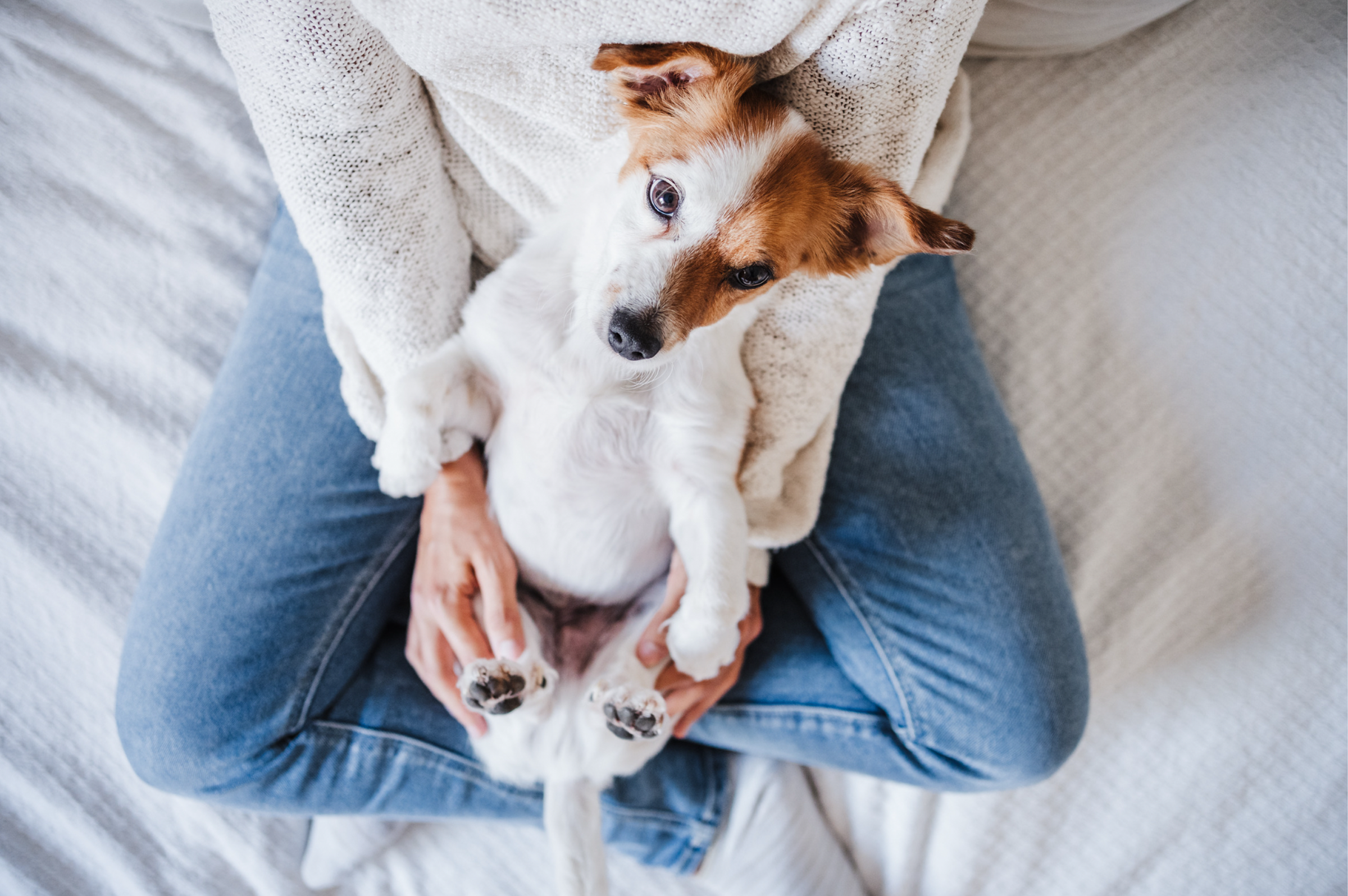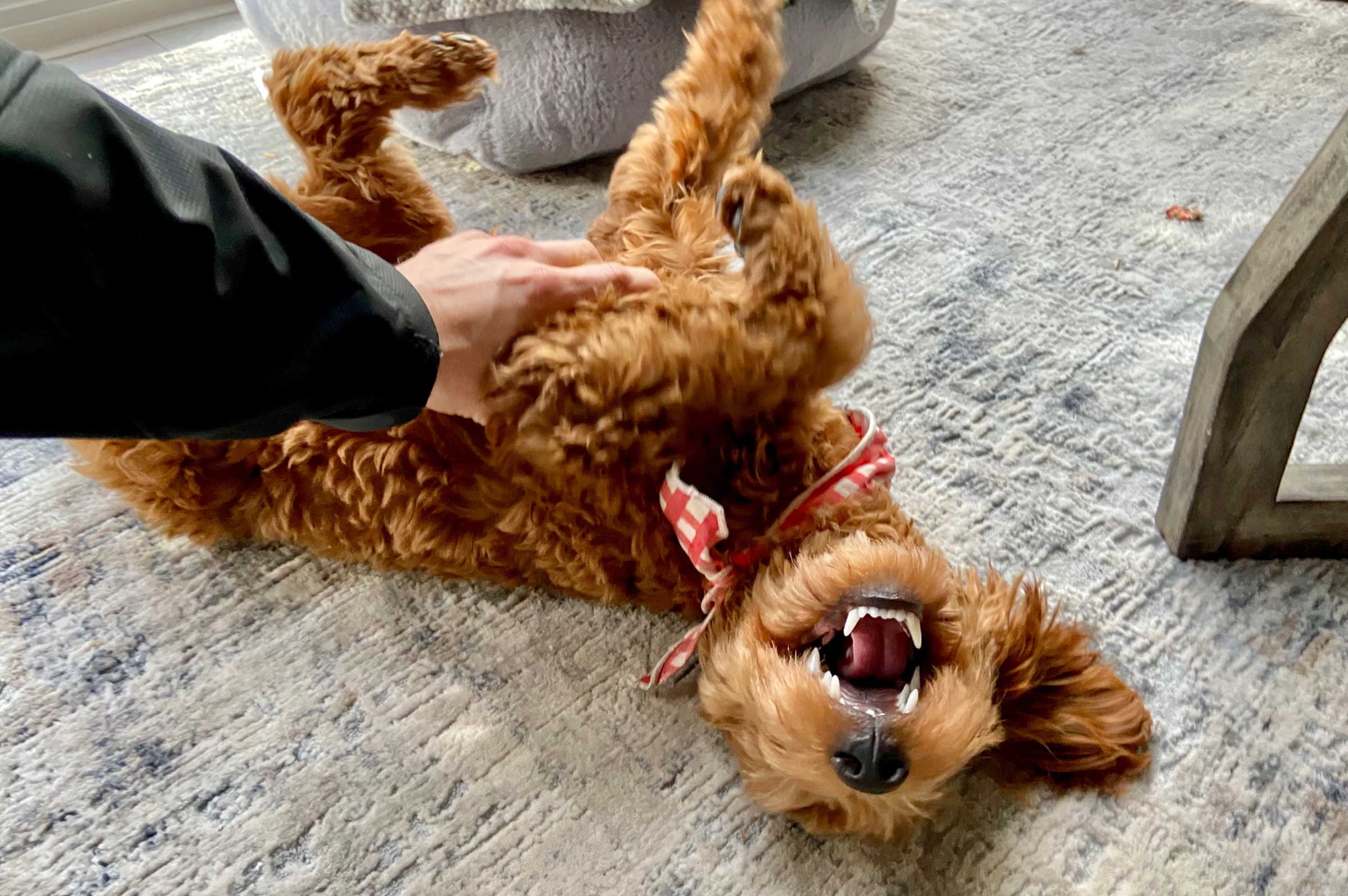Introduction
In the intricate world of canine communication, our furry friends often convey messages through subtle behaviors that may leave us scratching our heads. One such common yet puzzling behavior is when your dog decides to sit down during walks. In this blog post, we decode this peculiar conduct, exploring the various reasons behind it and shedding light on what it reveals about your canine companion's emotional and physical well-being.
From discomfort to anxiety, we unravel the layers of meaning behind this behavior, arming dog owners with insights and practical tips to enhance the walking experience for both pet and owner. Join us as we delve into the fascinating realm of canine behavior and strive to create walks that are not only enjoyable but also promote a strong bond between you and your four-legged friend.
Understanding and Addressing Physical Discomfort
Understanding physical discomfort is crucial when decoding why a dog might choose to sit during walks. Dogs, like humans, can experience discomfort in various parts of their bodies, and their decision to sit may be a response to pain or unease. Paying close attention to signs such as limping, reluctance to put weight on specific paws, or any indications of joint stiffness is essential.
It's important for dog owners to observe their pet's body language during walks. If a dog frequently sits or avoids putting weight on a particular leg, it may signal localized pain or sensitivity. Behavioral changes, such as a decrease in activity level or reluctance to engage in regular play, could also indicate discomfort.
Additionally, dogs may exhibit subtle signs of discomfort, such as licking or chewing at a specific area, which warrants investigation. By attentively observing your dog's behavior and promptly addressing any signs of physical discomfort, you can create an environment that prioritizes their comfort and well-being during walks, fostering a positive and trust-filled relationship.
Regular veterinary check-ups play a pivotal role in ruling out underlying health issues that may contribute to physical discomfort. Whether it's arthritis, paw injuries, or muscle strains, identifying and addressing these concerns promptly not only ensures the well-being of your furry friend but also enhances their overall walking experience.
Taking a proactive approach to your dog's physical health sets the foundation for enjoyable walks and strengthens the bond between pet and owner. Look into appropriate joint supplements for your furry friend. Supplements can assist with joint pain and make walks more pleasant for both of you.
Addressing Fear and Anxiety:
Fear and anxiety are powerful emotions that can influence a dog's behavior, including their decision to sit during a walk. Unfamiliar environments, loud noises, or encounters with other dogs or people may trigger anxiety in some dogs, causing them to seek solace in sitting. Understanding your dog's specific triggers and gradually exposing them to new experiences can help build their confidence over time. Positive reinforcement, such as treats and praise, can also be effective in associating walks with positive experiences, reducing anxiety-related behaviors like sitting.
Practical Tips for Dog Owners:
To create a positive walking experience for both you and your furry friend, consider the following tips:
- Regular Vet Check-ups: Schedule regular check-ups with your veterinarian to ensure your dog is in good health and address any potential sources of discomfort.
- Supplements: Even if your dog isn’t showing signs of pain now, joint supplements designed as preventative treatments can keep your companion walking comfortably for years.
- Gradual Exposure: Gradually expose your dog to new environments, sounds, and stimuli to build their confidence and reduce anxiety during walks.
- Positive Reinforcement: Use positive reinforcement techniques, such as treats and praise, to reward your dog for positive behavior during walks.
- Comfortable Gear: Ensure your dog's collar, harness, and leash are comfortable and properly fitted to prevent any discomfort or restriction of movement.
- Varied Walking Routes: Explore different walking routes to keep your dog mentally stimulated and engaged, reducing the likelihood of boredom or anxiety-related behaviors.
Conclusion
Decoding your dog's behavior, especially when they sit during walks, is a key step in fostering a strong bond and ensuring their well-being. By understanding the potential reasons behind this behavior, from physical discomfort to anxiety, you can tailor your approach to create a more enjoyable and stress-free walking experience for both you and your canine companion.
Start your best friend on joint supplements now to protect them as much as you can from joint pain during walks. Embracing empathy, patience, and positive reinforcement, you can transform walks into cherished moments that strengthen the unique bond you share with your furry friend.











